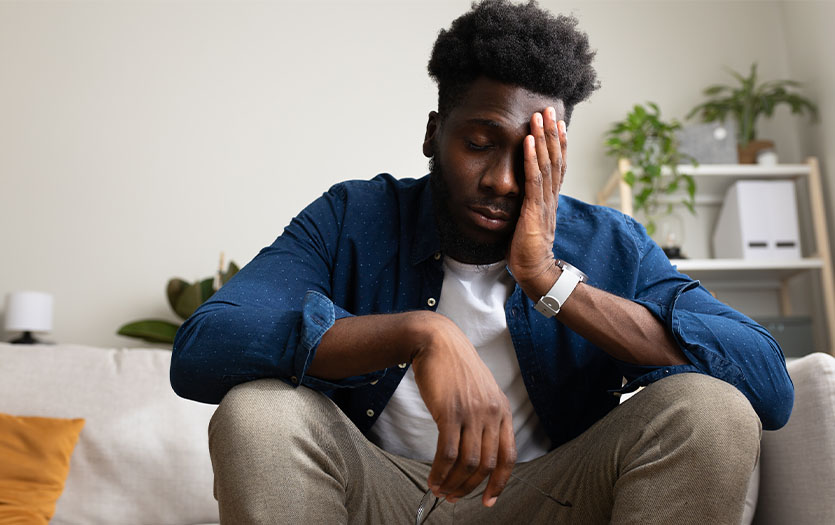When discomfort becomes debilitating and occurs on a regular basis, it can be discouraging, infuriating and depressing. But what is the source of chronic pain – which affects approximately 100 million people in our country – and how can those who suffer find relief? Edmund Gervais PT, DPT supervisor, Outpatient Therapy, Ash Skyline TherapyONE, shares more on the topic.
What is considered chronic pain?
Chronic pain ranges from mild to debilitating and presents in many forms. The pain someone feels may come and go, but is typically persistent in nature. Pain in the nervous system, skeletal system, and muscular system that starts with trauma or overuse can affect the physical as well as the mental health of a patient. A patient’s neck, back, shoulders, pelvis, hands/wrists, and head are primary sources of the pain, as well as general muscle and nerve-related pain. The pain can present with or without trauma or evidence of body damage.
How do you know you have chronic pain rather than just normal aches and pains attributed to aging or overuse?
Every person is unique in how they feel their pain and what they think may be the source of their pain. But pain that affects work, household duties, recreational activities, social life, and activities of daily living should be addressed. Overuse injuries tend to happen in the workforce as the body’s response to repetitive movements. If, at the end of the day, you notice a pattern to your pain, it is most likely due to overuse. Overuse injury can also occur in athletic individuals as a response to training repeatedly the same muscle groups without cross training or changing their routine.
The aging process is not easy on the human body. As we age, our strength declines as well as our flexibility. The two main pillars of human movement are both flexibility/mobility and strength/stability. One without the other is detrimental. And having decreases in both places more stress on the body.
What causes chronic pain?
There are many causes to chronic pain listed above but the primary causes are trauma/injury, infections and emotional distress.
When should someone seek help?
Pain should be addressed when it starts. Pain over time can increase a person’s stress, anxiety, depression, anger, fatigue and disrupt sleep, which may actually compound the chronic pain.
What can physical therapy do to alleviate/manage pain?
Physical therapy in its essence provides relief by addressing movement-based dysfunction. Strength loss and immobility can contribute and be a source of pain. Physical therapy utilizes exercise, modalities, hands-on and tool-based soft tissue techniques to assist the person in moving better, increasing blood flow, and providing a more comfortable movement pattern.
There are many specialties within physical therapy, including women’s health, manual therapies, pilates, functional dry needling, active release techniques, cupping, golf fitness, bike physical therapy, ergonomic assessment, hand therapy, athletic rehab, vertigo/concussion, and more. Contact Parkview TherapyONE at (260) 266-7400 to learn more or to schedule an appointment.




